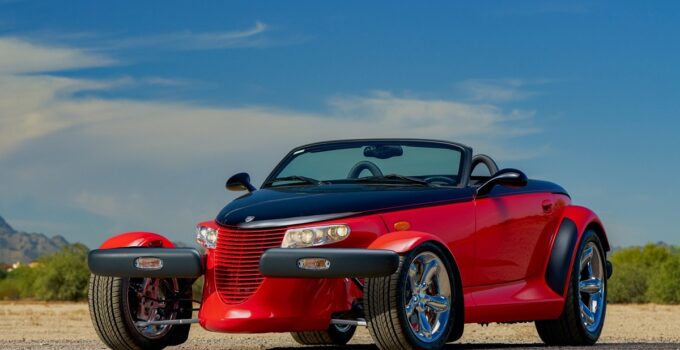History is filled with beloved car models that, for various reasons, were discontinued. Here’s a look at why some of the most iconic car models were sent to the scrap heap.
1. Ford Pinto (1971-1980)
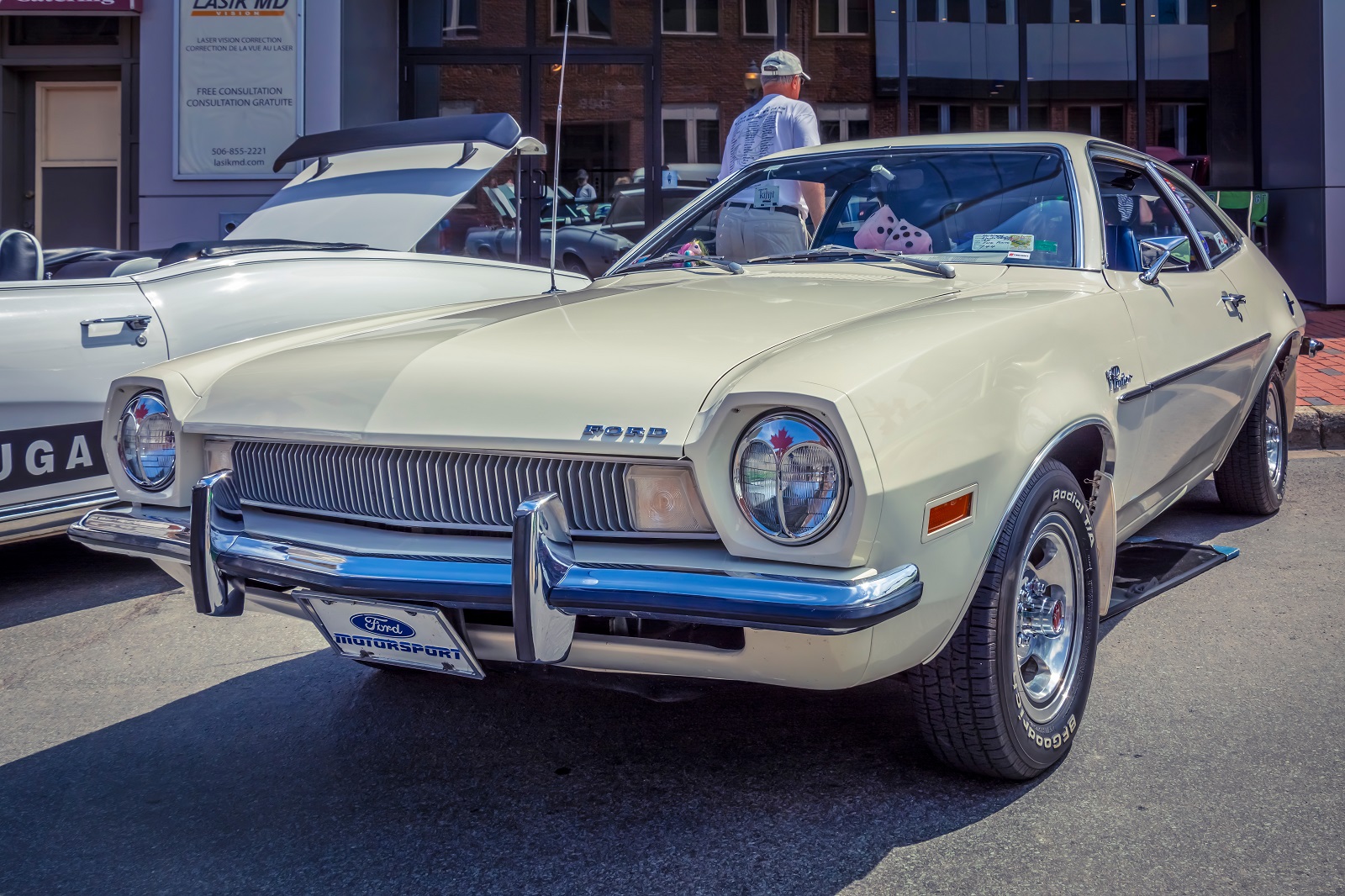
Image Credit: Shutterstock / Ken Morris
The Ford Pinto was discontinued mainly due to safety concerns. Its infamous fuel tank design led to deadly fires in rear-end collisions, resulting in numerous lawsuits and a costly recall. Over 3 million units were sold, but its reputation never recovered from the scandal.
2. Chevrolet Corvair (1960-1969)
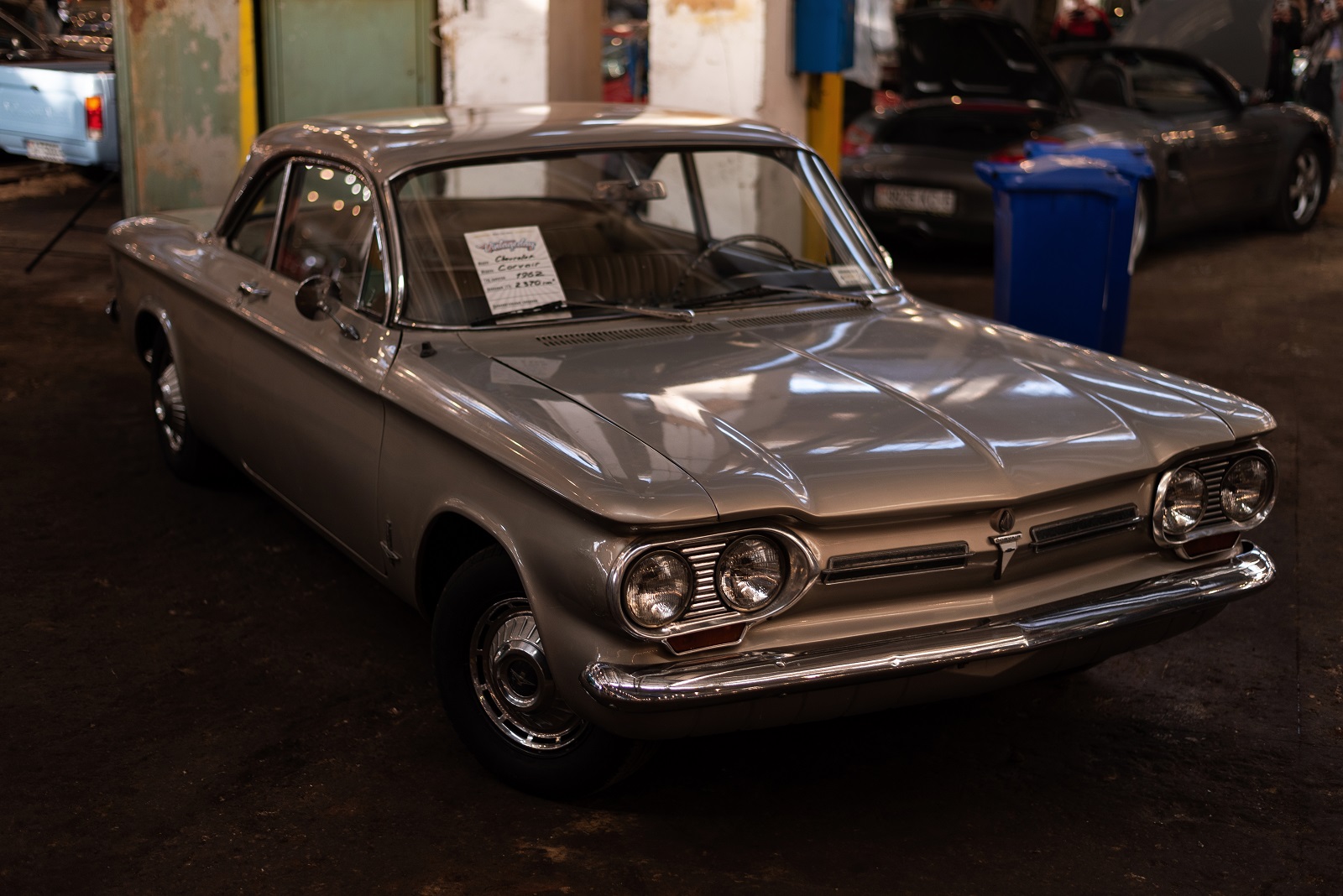
Image Credit: Shutterstock / Vitali Adutskevich
Ralph Nader’s book “Unsafe at Any Speed” condemned the Corvair for its poor handling and safety issues, leading to its demise. Despite a loyal fan base, the negative publicity and mounting safety concerns sealed its fate.
3. Pontiac Aztek (2001-2005)
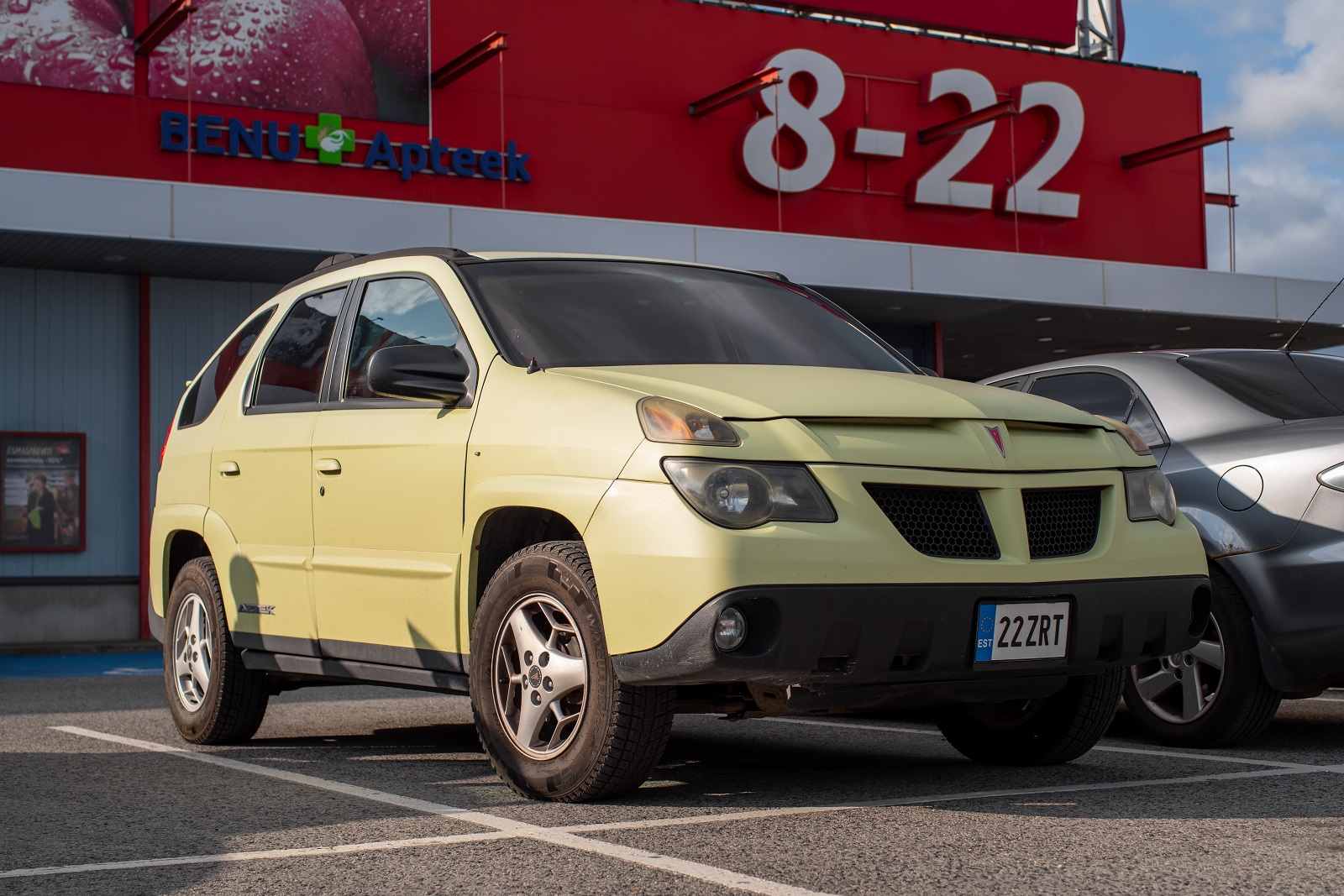
Image Credit: Shutterstock / Viktoria Kytt
The Aztek is often cited as one of the ugliest cars ever made. Despite its innovative features and cult following, its polarizing design led to poor sales. Only 119,000 units were sold over its production run.
4. Hummer H1 (1992-2006)

Image Credit: Shutterstock / The Image Engine
The Hummer H1 was discontinued due to its poor fuel economy and growing environmental concerns. With rising fuel prices and increasing pressure for greener vehicles, GM decided to pull the plug on this gas-guzzling behemoth.
5. Dodge Viper (1992-2017)
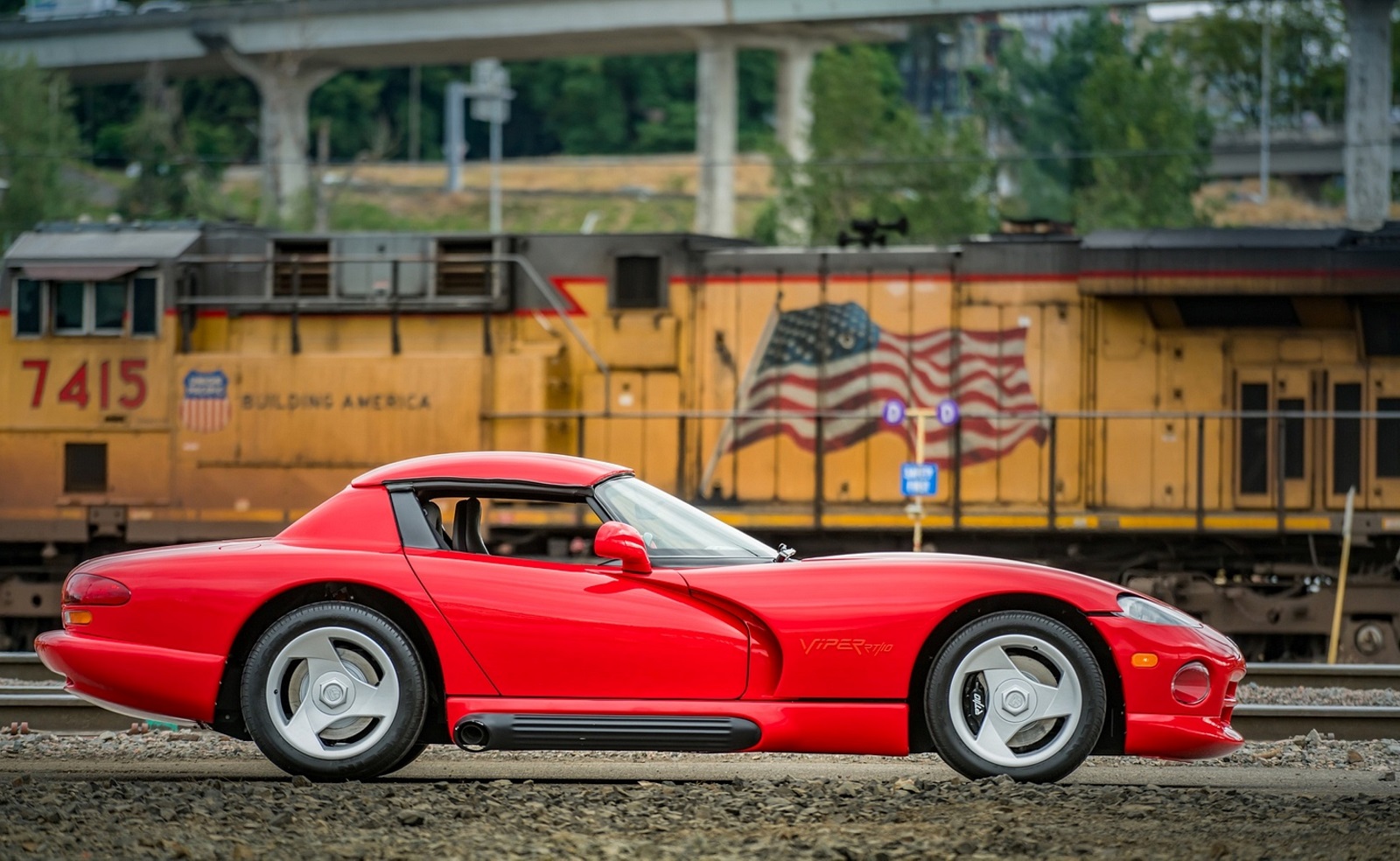
Image Credit: Shutterstock / The Image Engine
The Dodge Viper’s discontinuation was due to stringent safety regulations that it couldn’t meet without significant redesign. Additionally, declining sales and the high cost of production made it financially unviable for Chrysler.
6. Saab 9-5 (1997-2012)
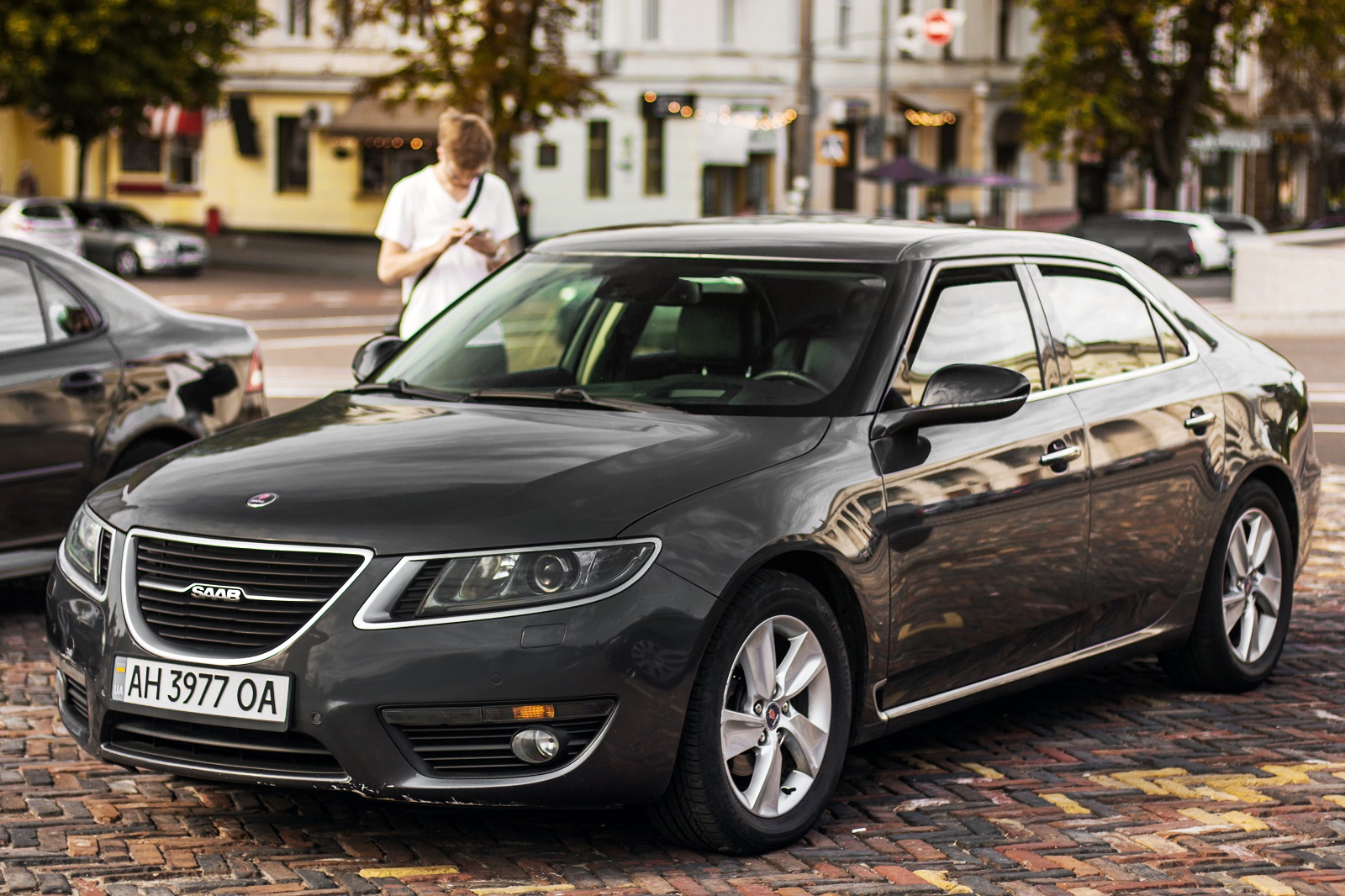
Image Credit: Shutterstock / Roman.Stasiuk
Saab’s financial troubles led to the discontinuation of the 9-5. The company declared bankruptcy in 2011, and production halted shortly after. General Motors’ decision not to sell Saab to a Chinese company also contributed to its demise.
7. Toyota FJ Cruiser (2006-2014)
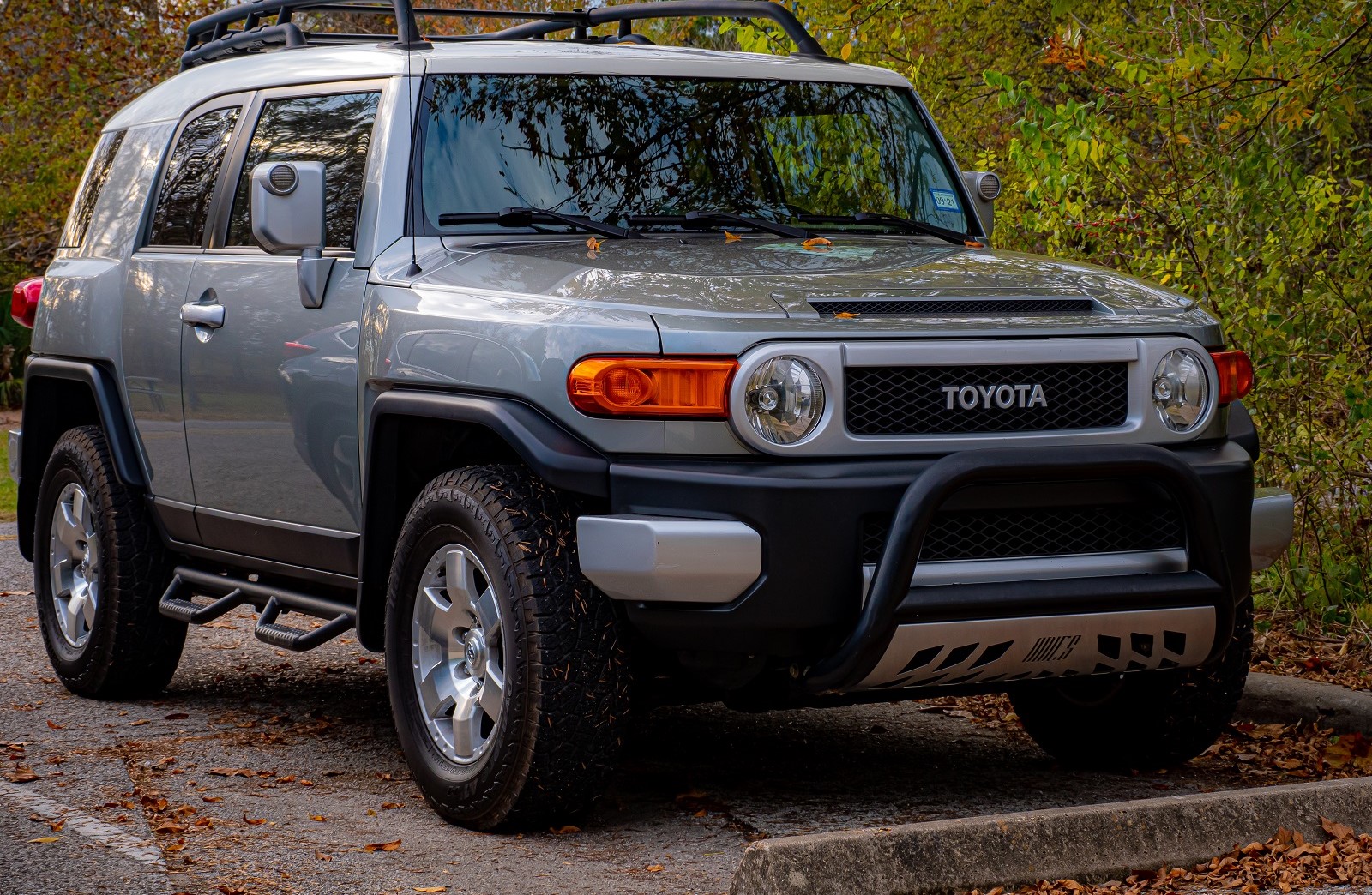
Image Credit: Shutterstock / John Paul Guel
Despite a strong following, the FJ Cruiser was discontinued due to declining sales and changing consumer preferences towards more fuel-efficient and versatile SUVs. It sold over 200,000 units in the U.S. alone, but its niche market couldn’t sustain production.
8. Volkswagen Beetle (1938-2019)
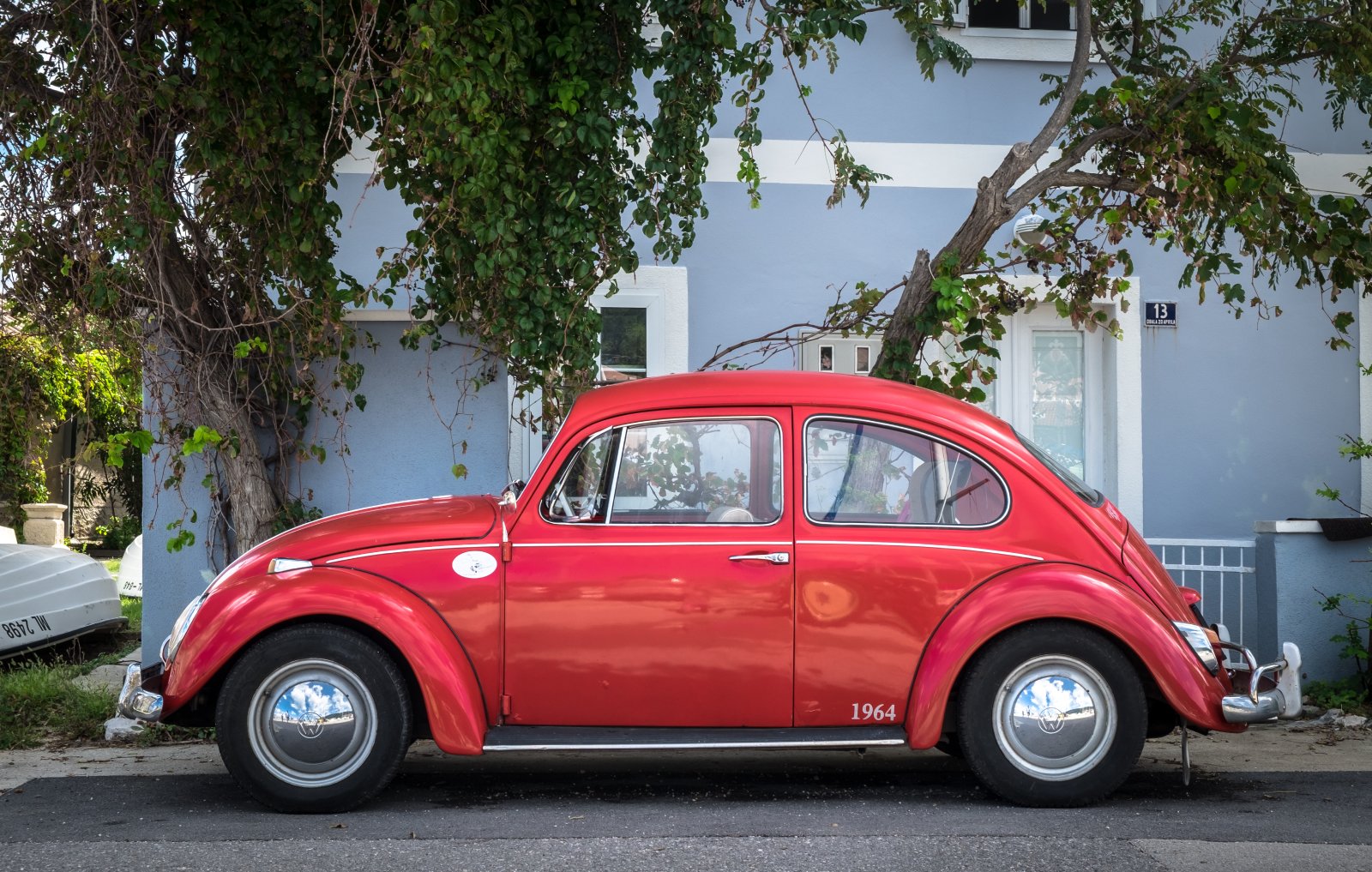
Image Credit: Shutterstock / Sparkus design
The iconic VW Beetle was discontinued as consumer tastes shifted towards larger vehicles and SUVs. The Beetle’s sales declined significantly, and VW decided to focus on more popular and profitable models.
9. Plymouth Prowler (1997-2002)
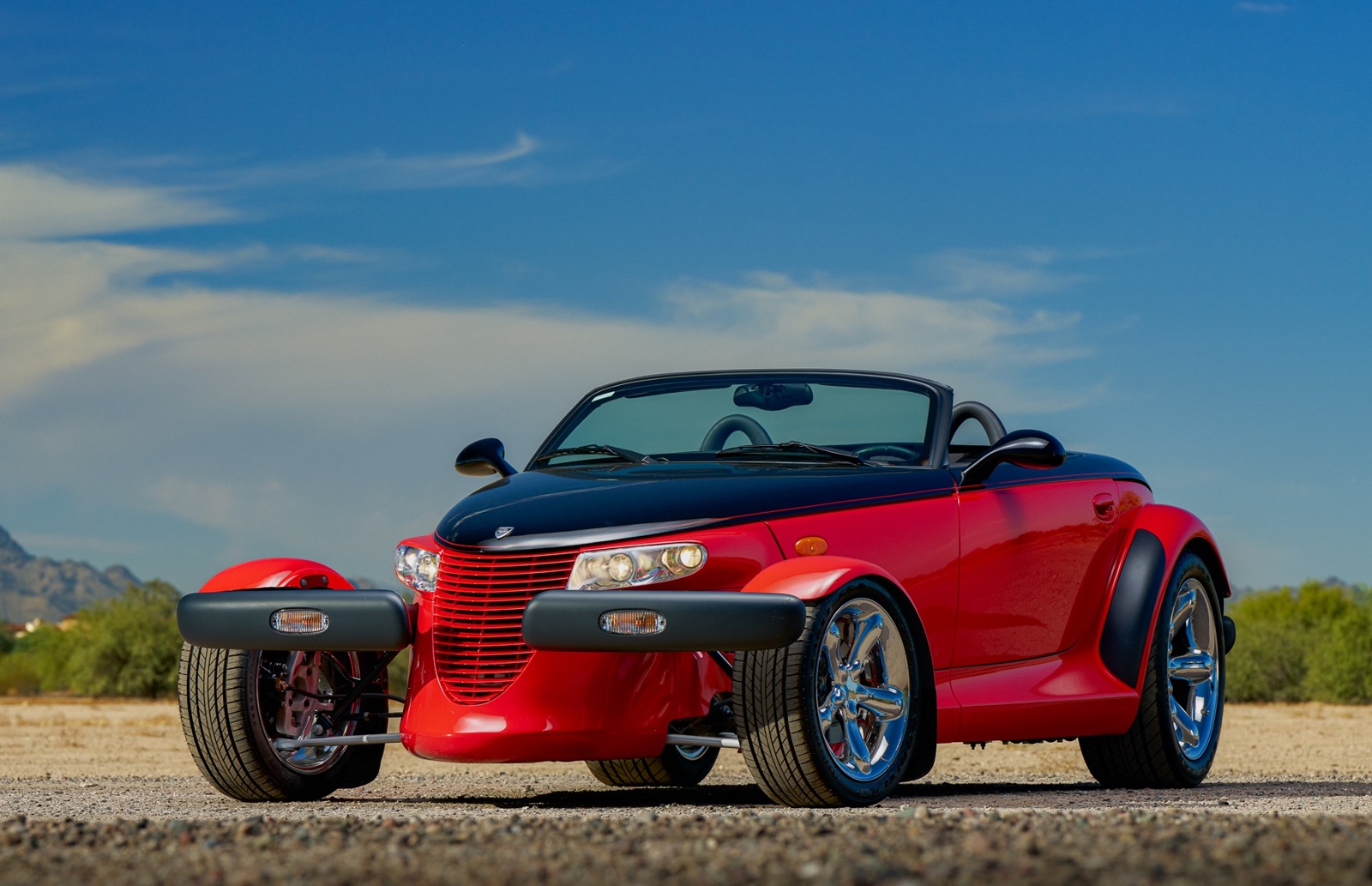
Image Credit: Shutterstock / The Image Engine
The Prowler was a bold design experiment but failed to attract a wide audience. Its limited practicality and high price tag led to only 11,702 units being sold. The discontinuation of the Plymouth brand in 2001 also sealed its fate.
10. Chevrolet Volt (2010-2019)
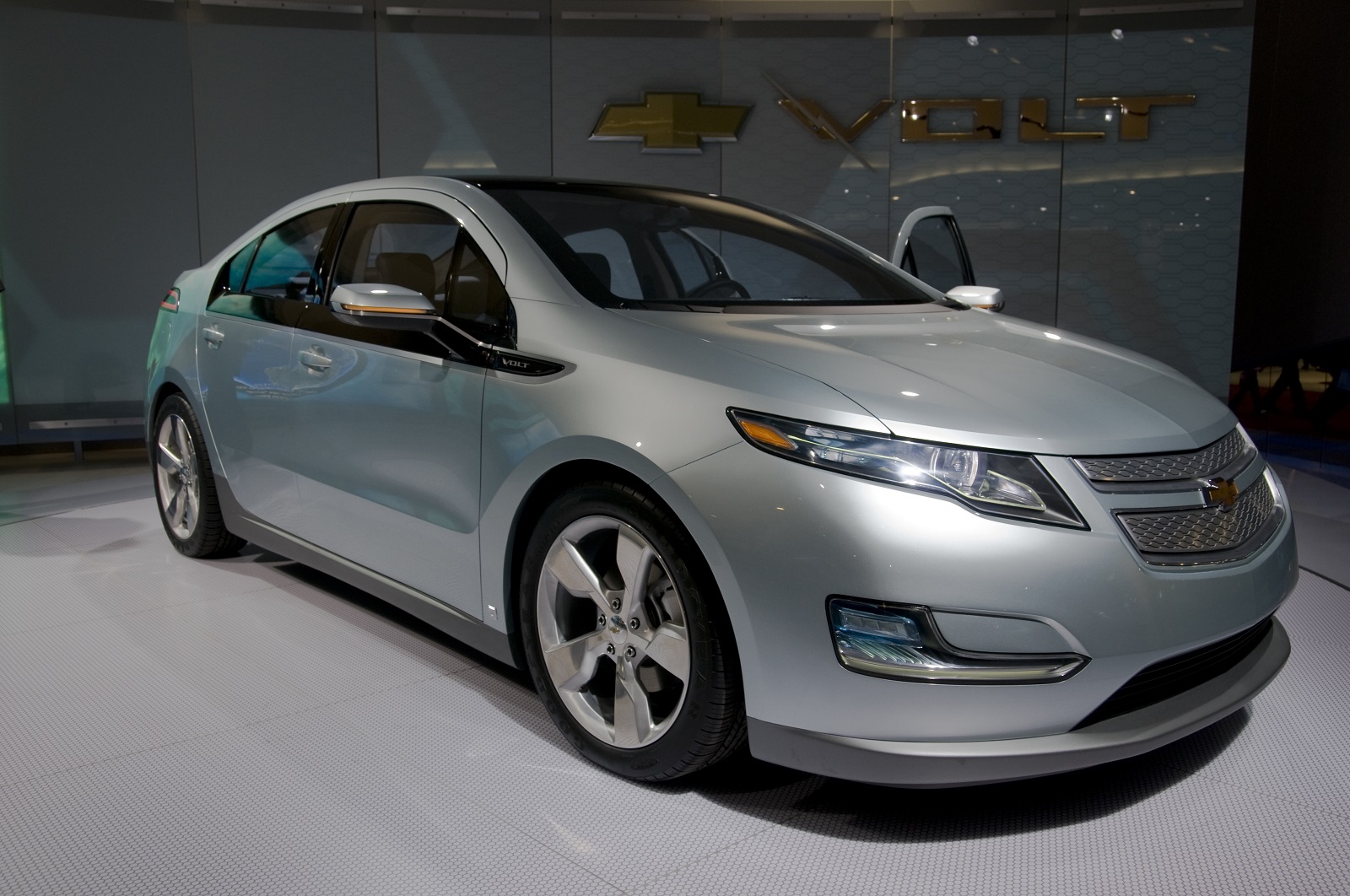
Image Credit: Shutterstock / 6th Gear Advertising
The Chevy Volt, a pioneering plug-in hybrid, was discontinued due to GM’s shift towards all-electric vehicles. Despite its initial success and innovation, the market’s move towards pure EVs made the Volt redundant.
11. Mitsubishi Eclipse (1989-2011)
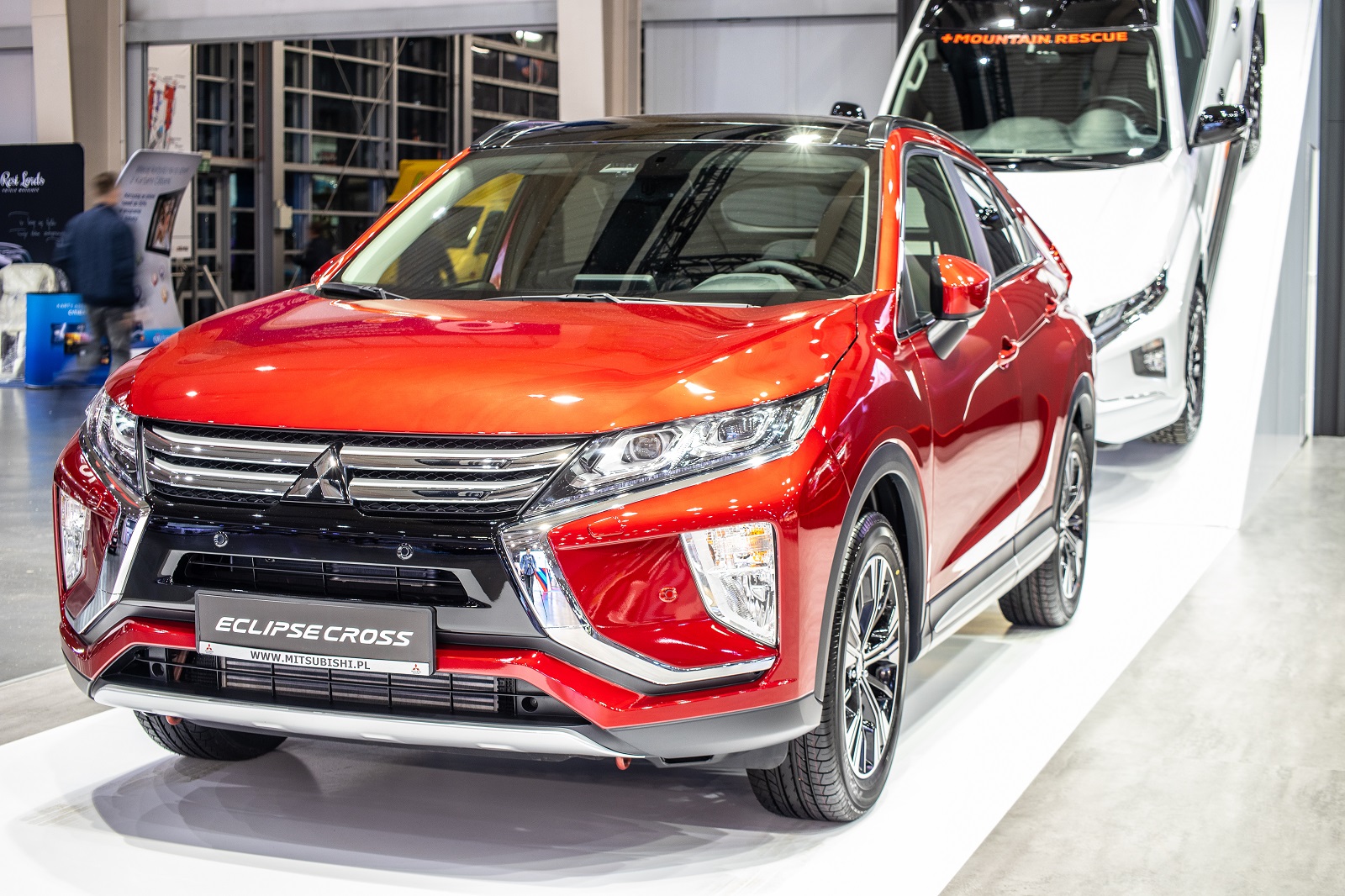
Image Credit: Shutterstock / Grzegorz Czapski
The Eclipse was popular in the ’90s but couldn’t keep up with evolving consumer preferences. Declining sales and Mitsubishi’s decision to focus on SUVs led to its discontinuation after four generations.
12. Ford Thunderbird (1955-2005)
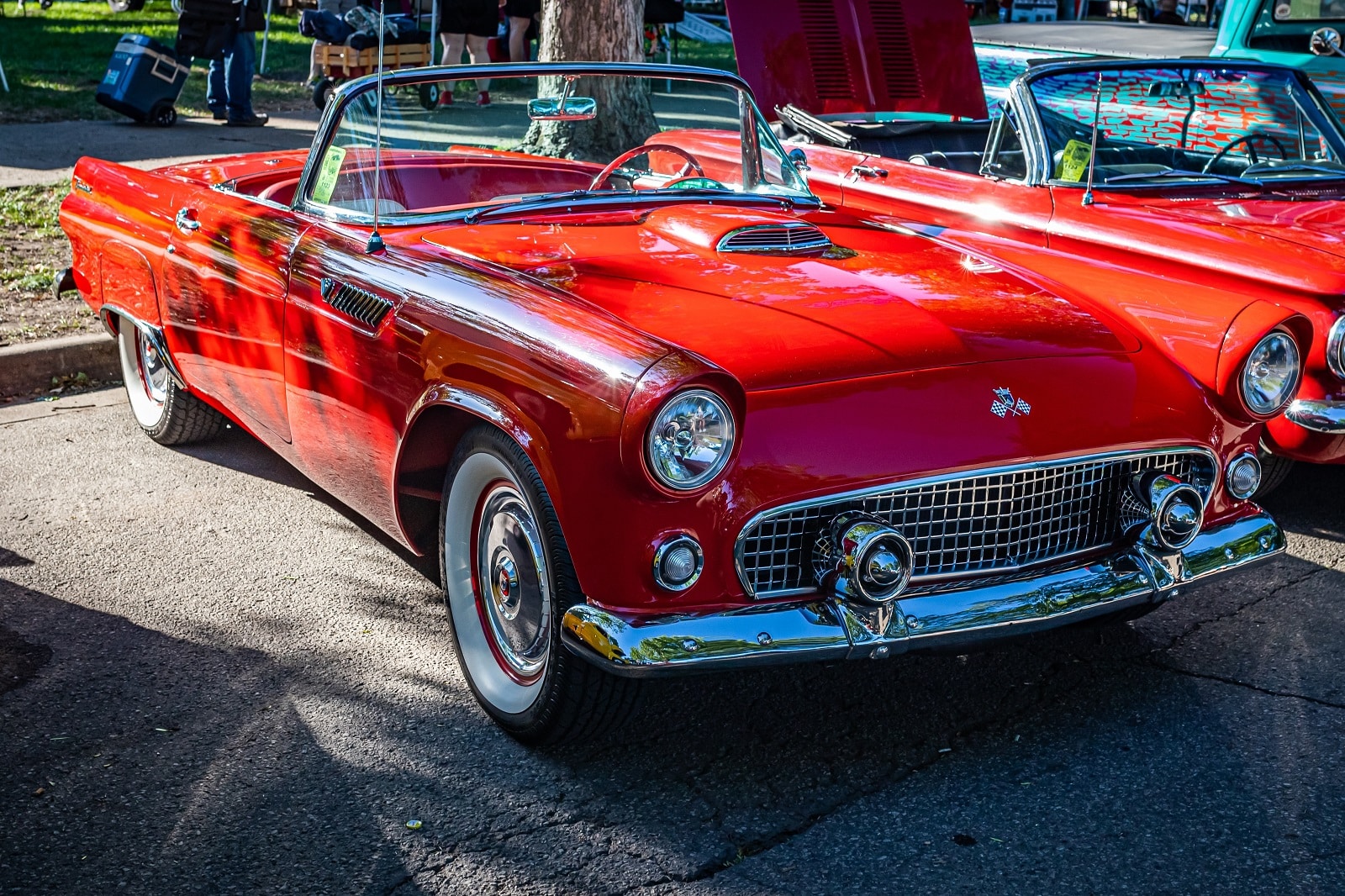
Image Credit: Shutterstock / Gestalt Imagery
The Thunderbird saw multiple revivals, but its final discontinuation was due to poor sales and market saturation. The 2002-2005 retro-styled model failed to capture the magic of the original.
13. Suzuki Samurai (1985-1995)

Image Credit: Shutterstock / Roman Kutsekon
The Samurai was discontinued in the U.S. after safety concerns and lawsuits regarding its rollover tendencies. Despite its off-road prowess and loyal following, the negative publicity hurt its sales and reputation.
14. Cadillac ELR (2014-2016)
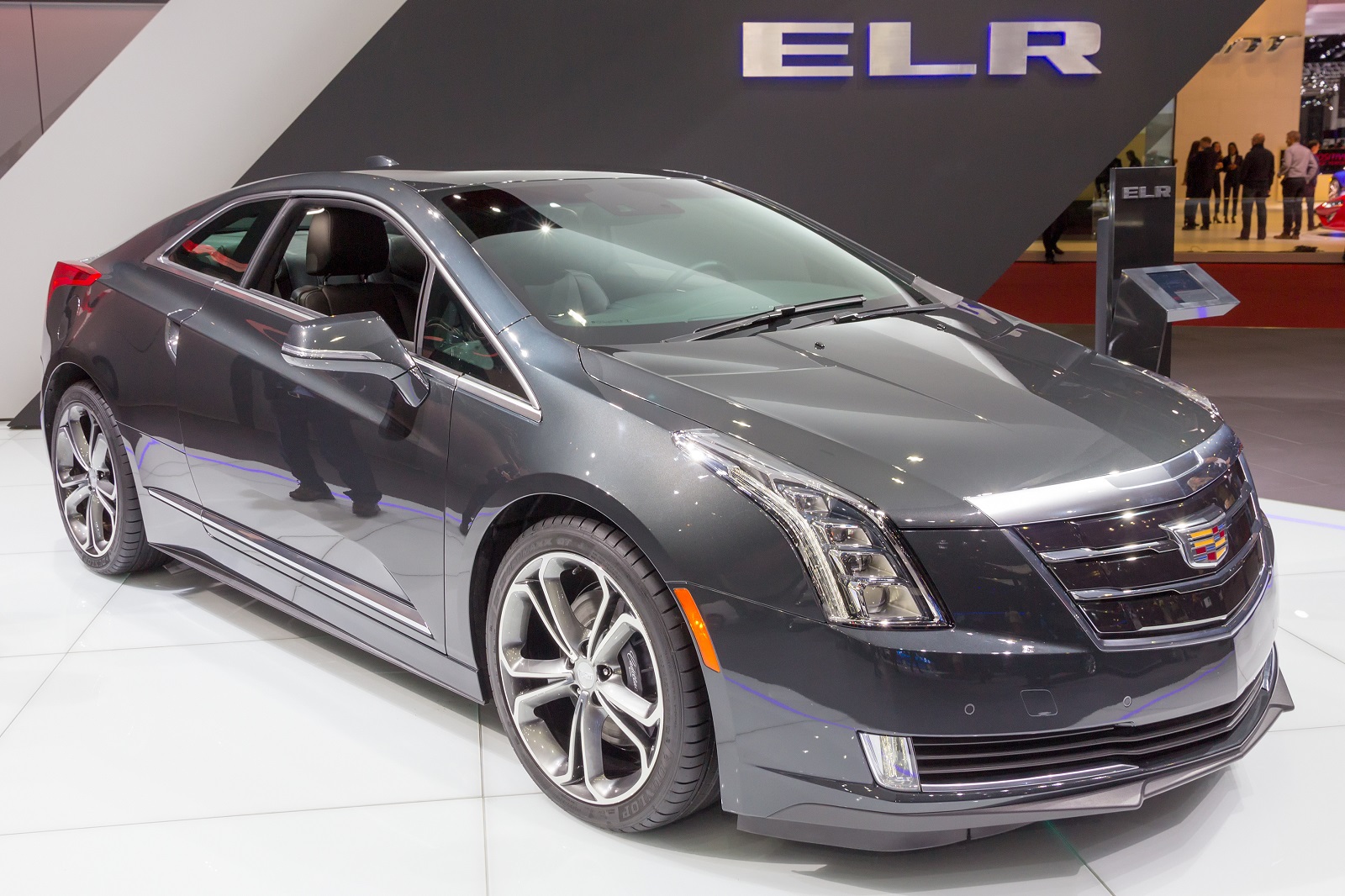
Image Credit: Shutterstock / VanderWolf Images
The Cadillac ELR, a luxury plug-in hybrid, was too expensive and didn’t offer enough performance or range to justify its price. Poor sales and market competition led to its quick discontinuation.
15. Fiat 500 (2007-2019)
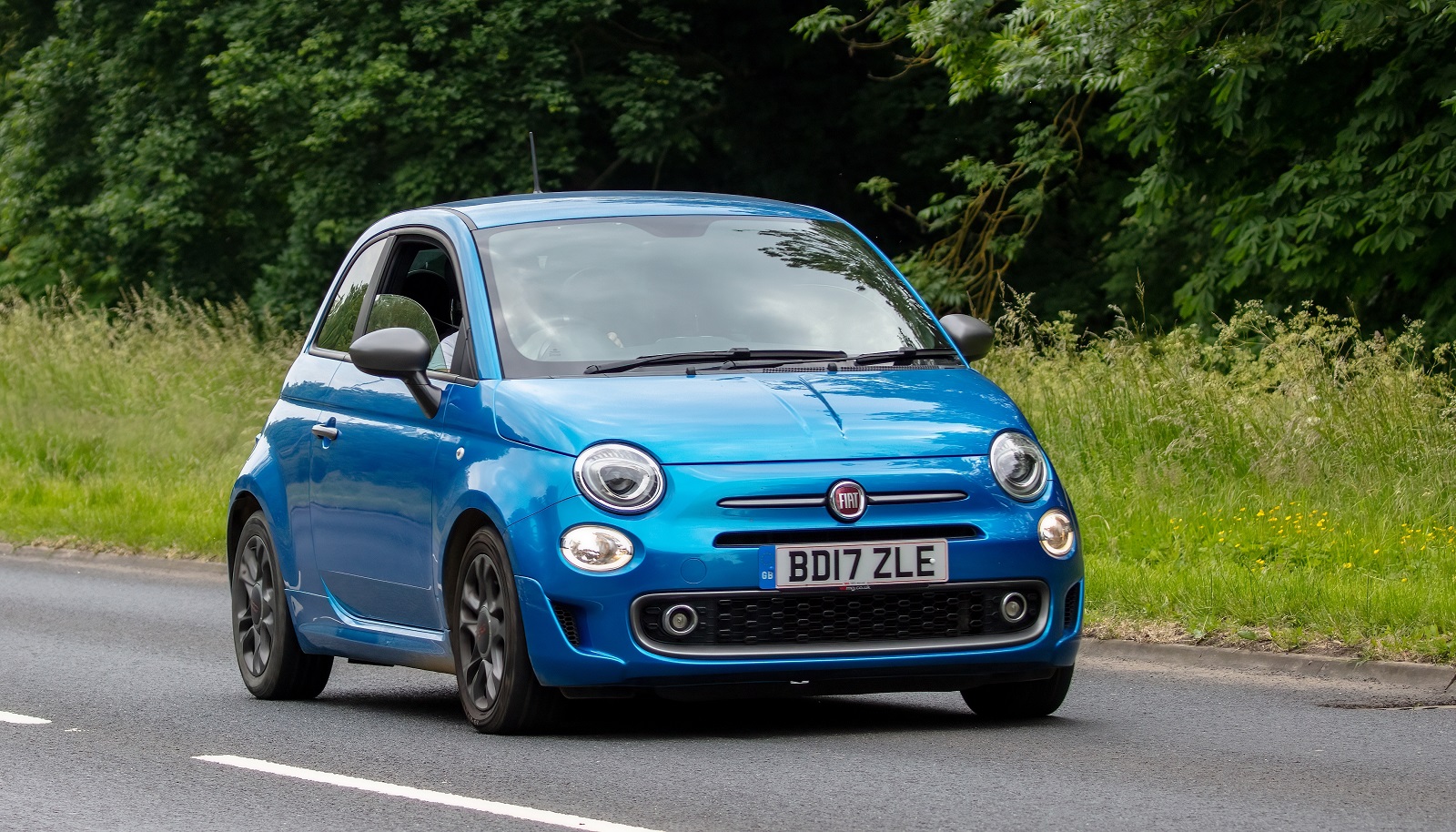
Image Credit: Shutterstock / Sue Thatcher
The Fiat 500 was discontinued in North America due to poor sales. While it enjoyed popularity in Europe, American consumers preferred larger vehicles, leading to its withdrawal from the U.S. market.
16. Ford Bronco (1966-1996)
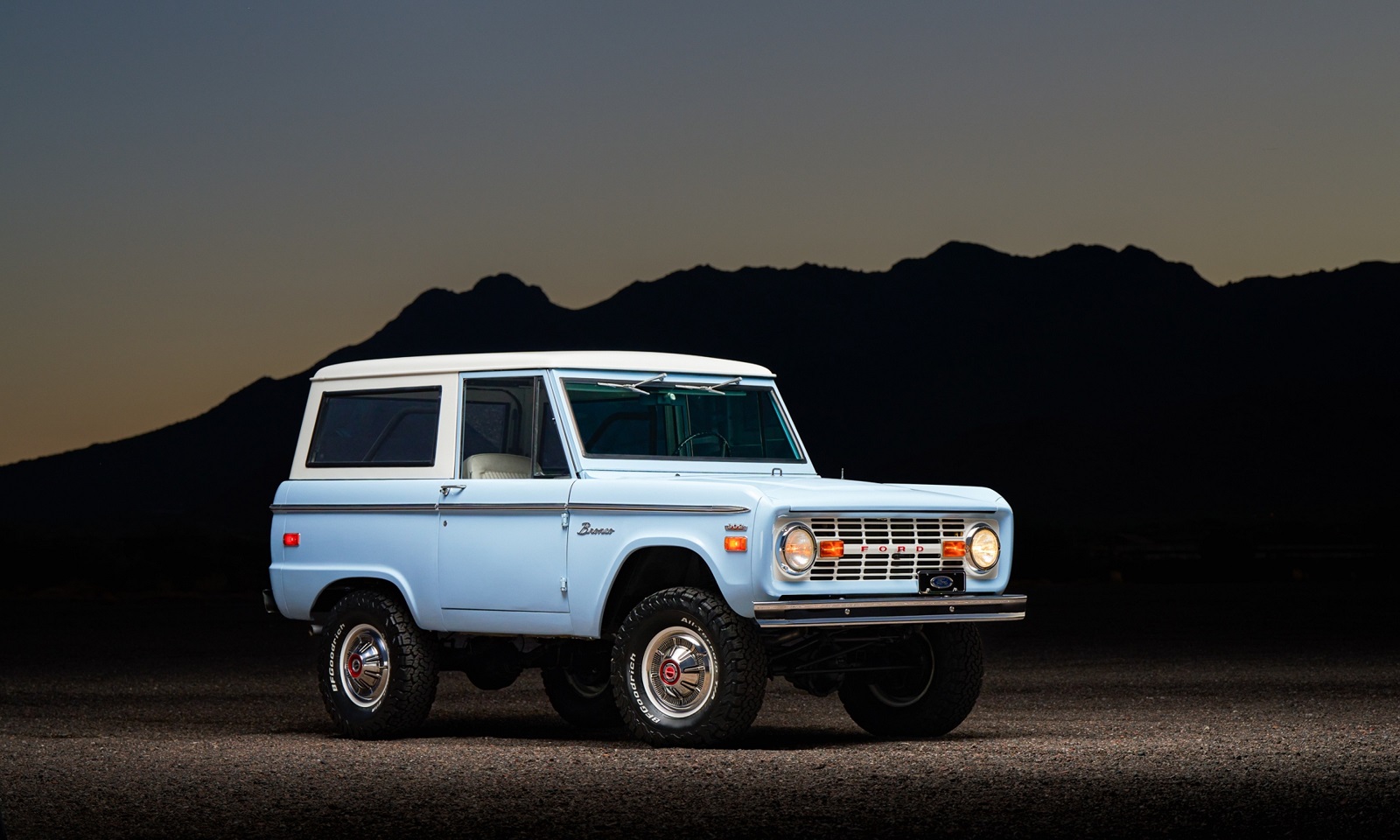
Image Credit: Shutterstock / The Image Engine
The original Bronco was discontinued as Ford shifted focus to larger SUVs like the Expedition. However, its legacy and fan demand led to a revival in 2020, marking a return to its off-road roots.
17. Pontiac GTO (2004-2006)
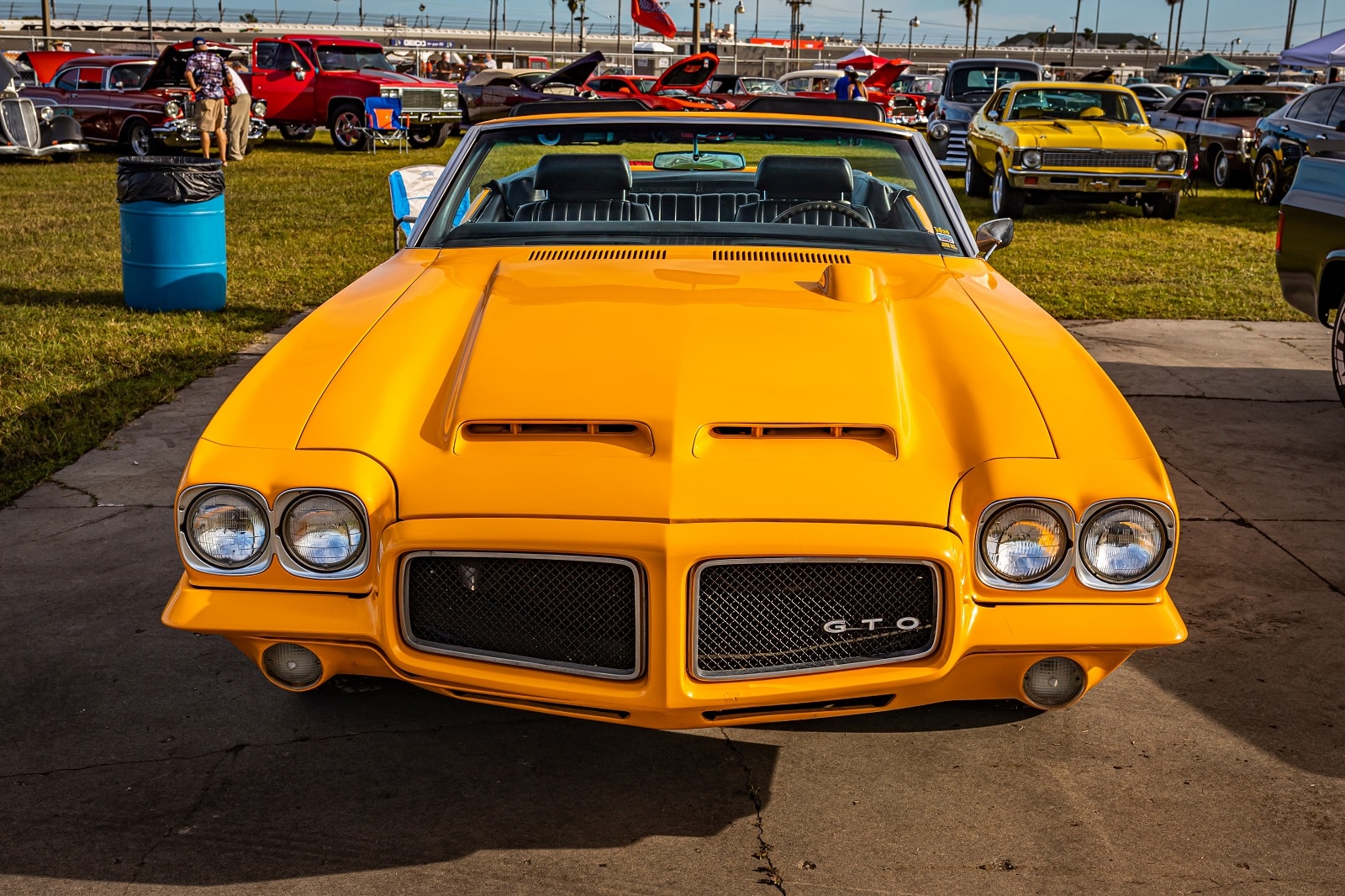
Image Credit: Shutterstock / Gestalt Imagery
The modern GTO, a rebadged Australian Holden Monaro, didn’t resonate with American consumers. Despite its performance credentials, lackluster sales and the discontinuation of the Pontiac brand led to its short production run.
18. Lincoln Town Car (1981-2011)
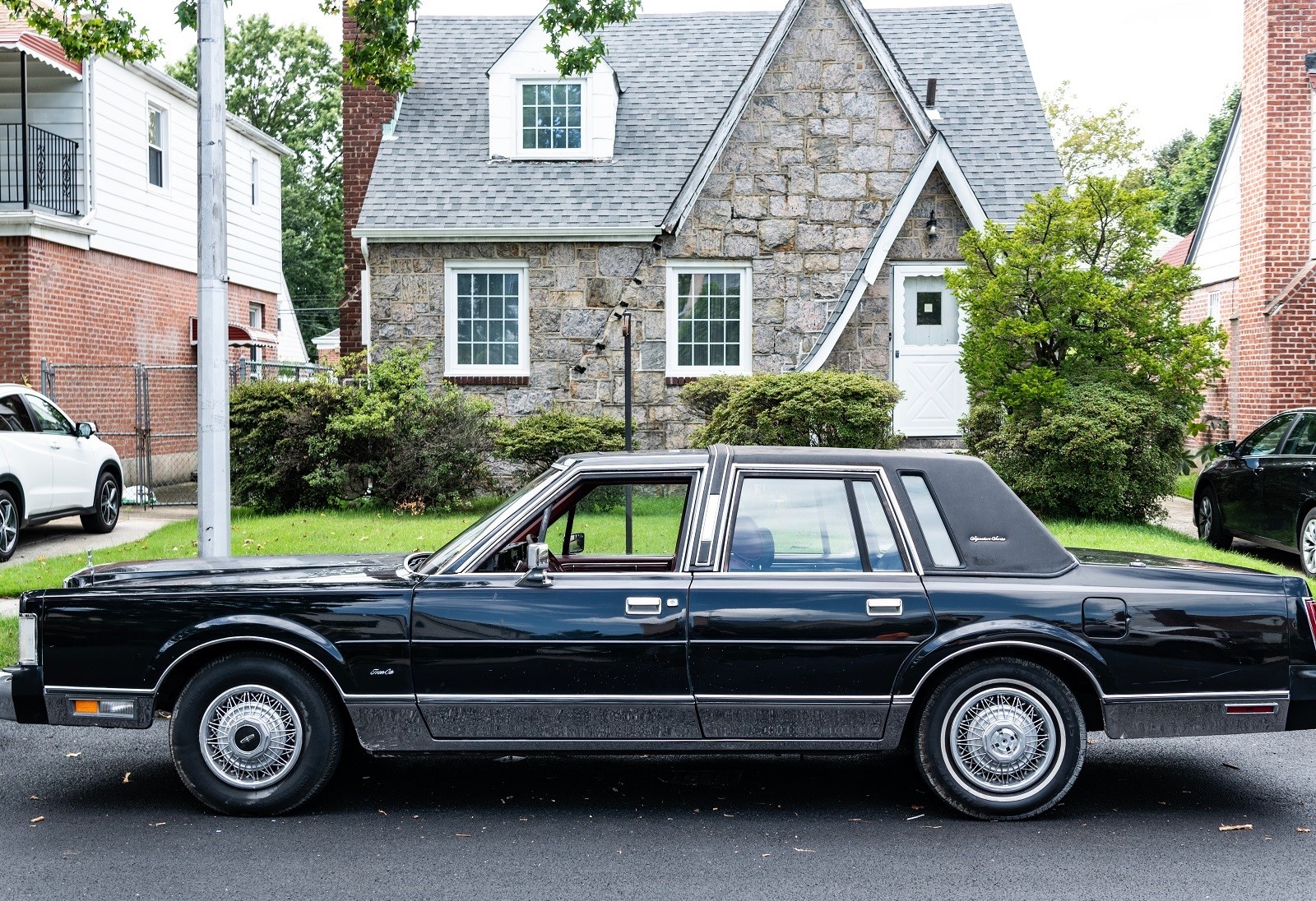
Image Credit: Shutterstock / Just dance
The Town Car was a symbol of American luxury but was discontinued due to declining sales and the shift towards more modern and fuel-efficient vehicles. The closure of Ford’s Wixom plant also contributed to its demise.
19. Chrysler PT Cruiser (2000-2010)
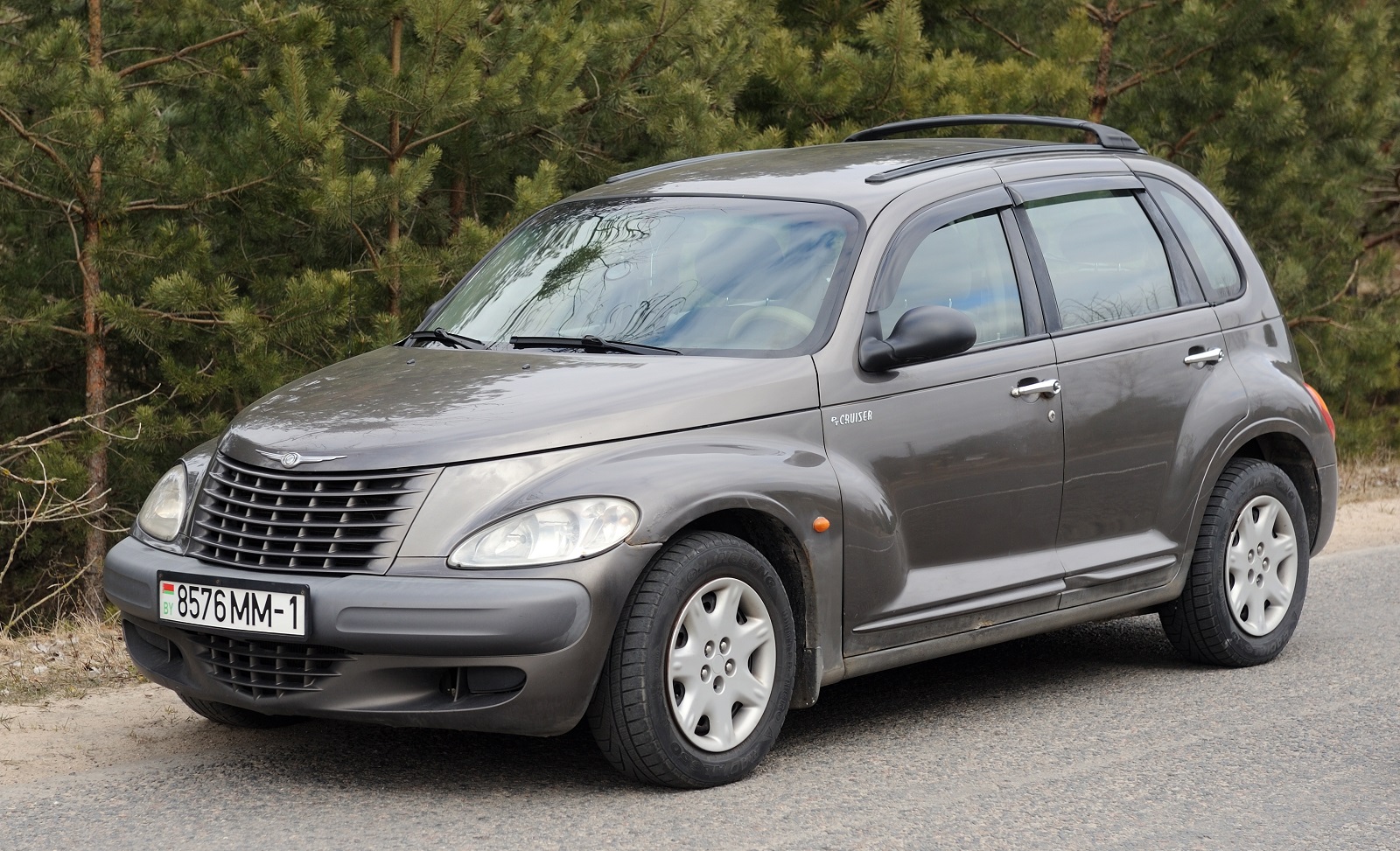
Image Credit: Shutterstock / LIAL
The PT Cruiser’s retro design was initially a hit but quickly fell out of favor. As sales declined and Chrysler faced financial difficulties, the decision was made to end its production.
20. Mazda RX-8 (2003-2012)
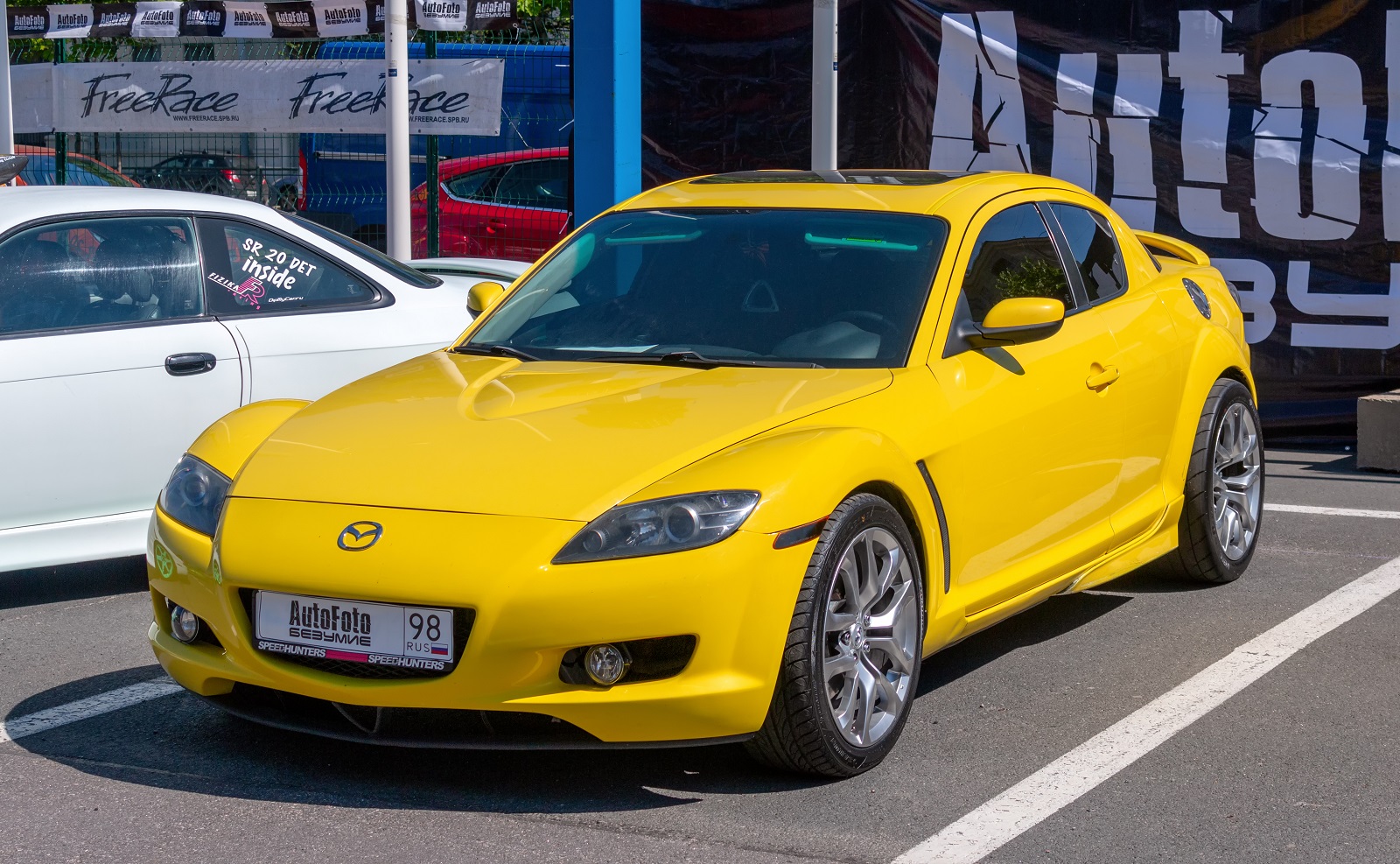
Image Credit: Shutterstock / Oleg Mirabo
The RX-8, known for its rotary engine, was discontinued due to stringent emissions standards and poor fuel economy. Despite its innovative design, the engine’s reliability issues and high maintenance costs contributed to its end.
Conclusion
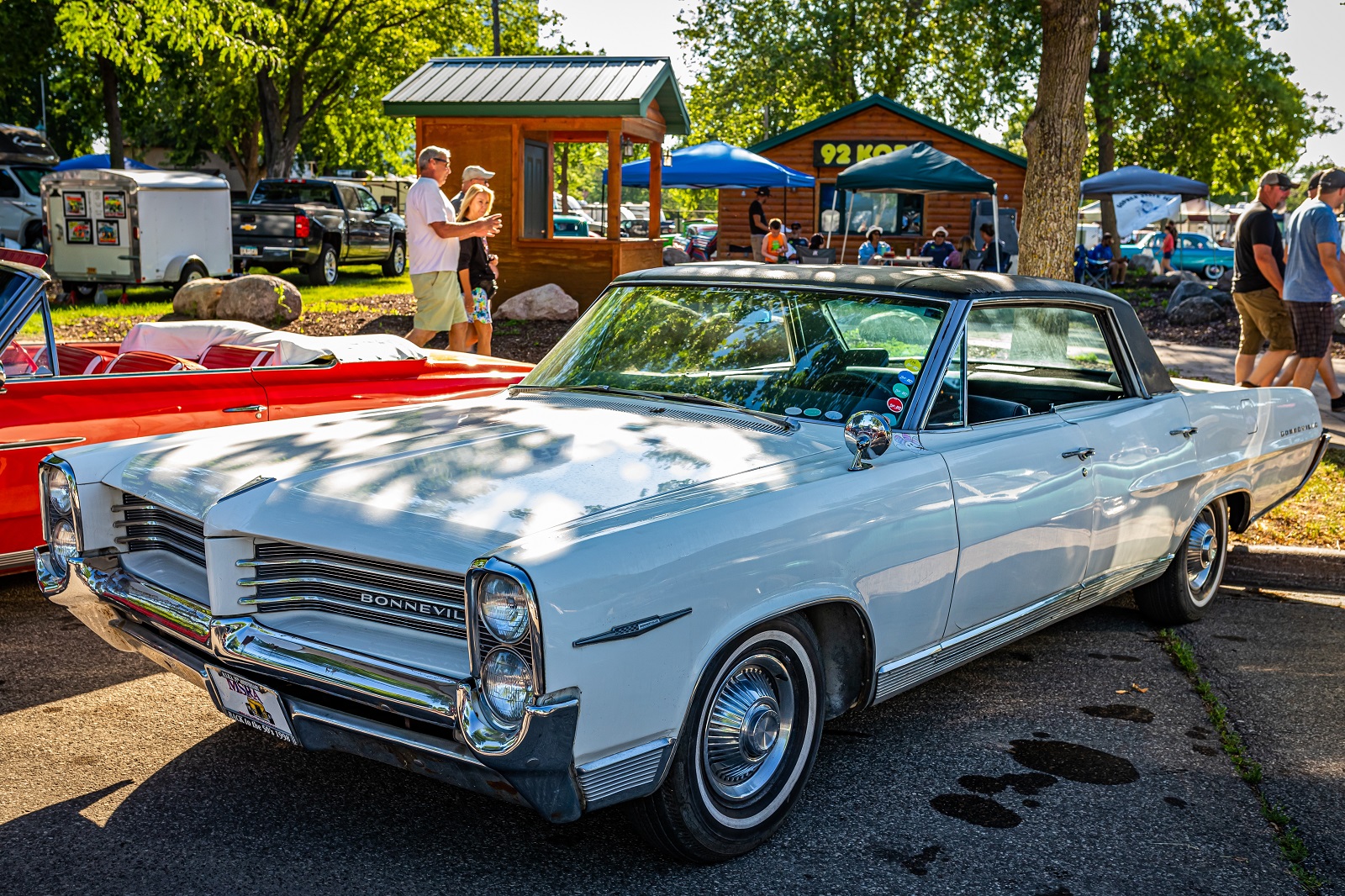
Image Credit: Shutterstock / Gestalt Imagery
The discontinuation of these iconic cars often reflects broader trends in the automotive industry, from shifting consumer preferences to stringent regulations. While some models might make a comeback, others remain cherished memories of automotive history.
Police Magnet: 7 Cars That Guarantee You’ll Get Pulled Over

Image Credit: Shutterstock / sirtravelalot
Driving certain cars can make you more noticeable to law enforcement, even if you’re abiding by all the rules. Are you driving one of these “police magnets”? Here are seven cars that seem to attract more police attention than others. Police Magnet: 7 Cars That Guarantee You’ll Get Pulled Over
The Classic Cars That Were Total Clunkers
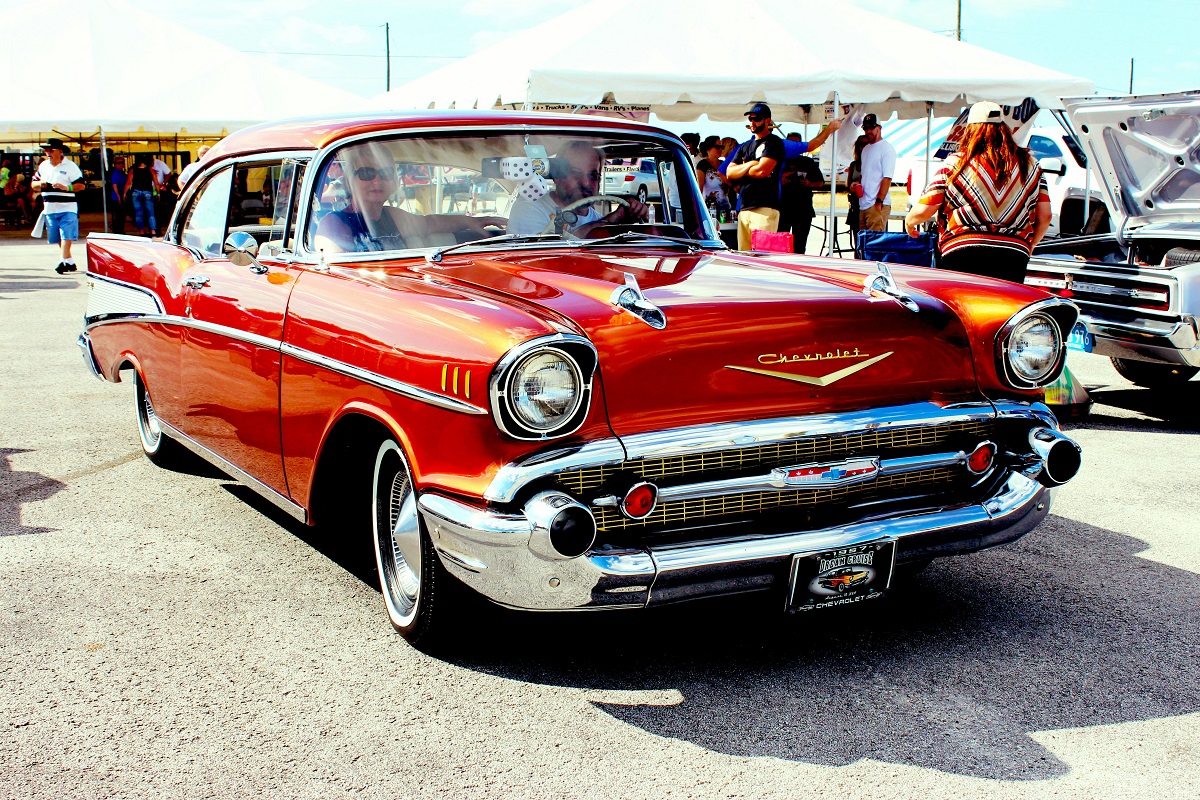
Image Credit: Pexels / Pixabay
Nostalgia has a funny way of making the past seem better than it was, especially when it comes to cars. But here’s the hard truth: some of those “classic” cars your dad raves about were real clunkers. Here’s a closer look at why some of those so-called “classics” weren’t all they were cracked up to be. The Classic Cars That Were Total Clunkers
The Worst U.S. Cars Ever Made: A Retro List

Image Credit: Pexels / Be The Observer
The U.S. auto industry has produced some incredible vehicles, but not every model was a hit. Here’s a look back at 16 of the worst cars ever made in the U.S., each infamous for its own unique flaws. The Worst U.S. Cars Ever Made: A Retro List
Featured Image Credit: Shutterstock / The Image Engine .
For transparency, this content was partly developed with AI assistance and carefully curated by an experienced editor to be informative and ensure accuracy.
The images used are for illustrative purposes only and may not represent the actual people or places mentioned in the article.
